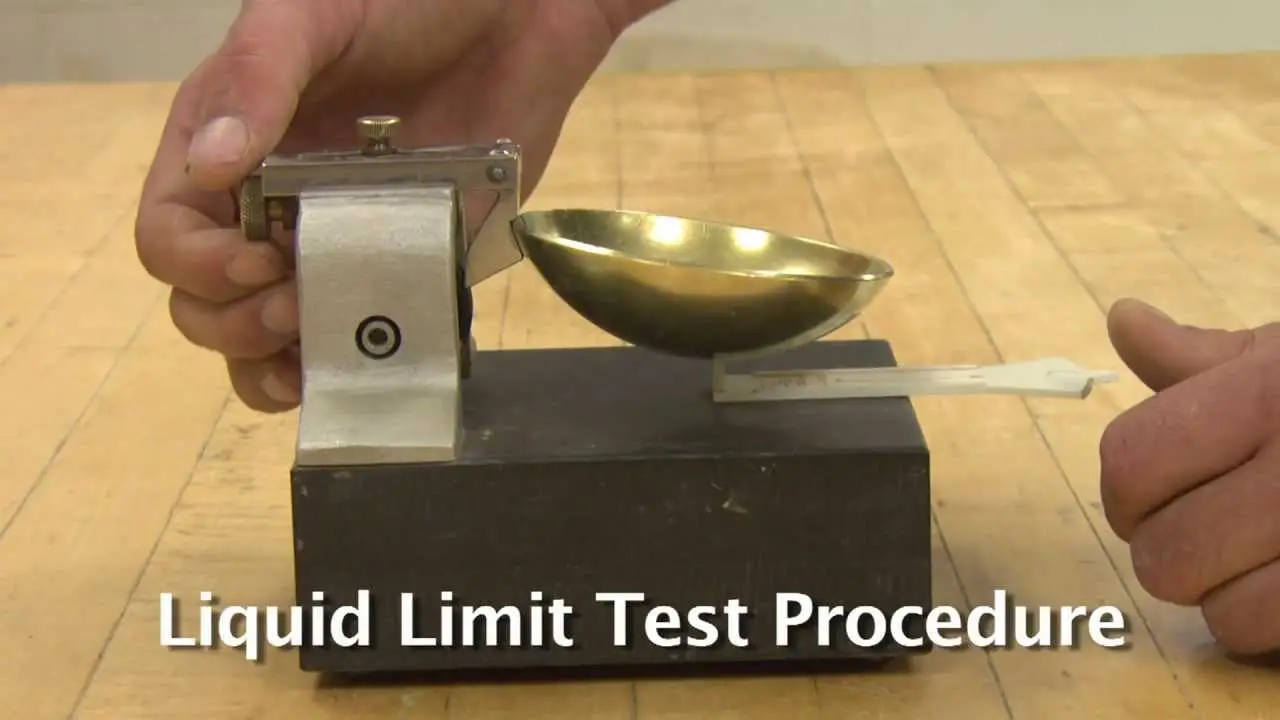Determine Liquid Limit of Soil Specimen by Casagrande Method
The liquid limit test of soil is a laboratory test used to measure the liquid…
Methods of Reducing Soil Liquefaction
It is extremely difficult and impractical to prevent liquefaction of soil in the field when…
What is Soil Cement
We know that soil clay or sand is capable of withstanding heavy loads but is…
What are different types of Soil Cement
Depending on the amount and type of constituents used in soil cements; it is available…
Ingredients of Soil Cement
Soil Cement is a low cost paving material when used as a base in the…
What is Foundation, Different Types of Foundations
Foundation substructures are structural members used to support walls and columns to transmit and distribute…
What are Stresses in Soil, Over burden Pressure, Total Stress, Effective Stress, Pore water Pressure
The Structural loads are supported on soil through foundations. These loads produce stresses and resulting…

